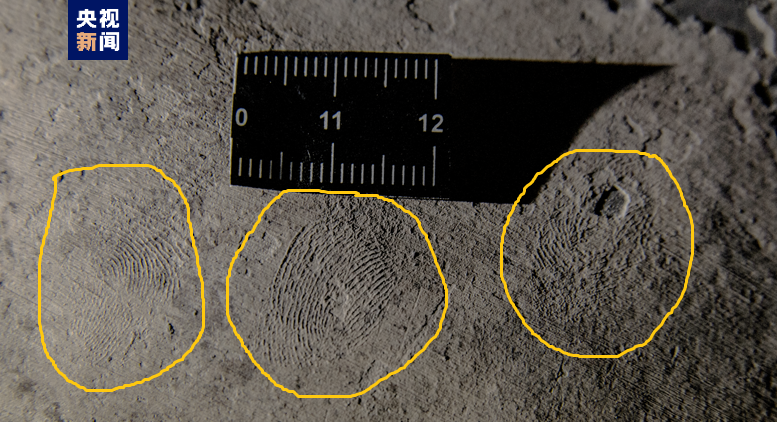

On July 20th, the Mausoleum Museum of Qin Shihuang released the latest research results of the burial pit K9901 of Qin Mausoleum, which is commonly known as the Baixi figurines pit of No. 4 and No. 28.

According to researcher Zhou Ping, deputy director of the Qinling Museum, the upper body of the figurine No. 4 is covered with bubble nails, and the sun octagonal pattern is decorated between the bubble nails; The remaining painted patterns are mainly concentrated on tops, collars, sleeves and waistbands of trousers, mainly octagonal star patterns, geometric patterns and cloud patterns, in white, black, yellow and purple. The researchers analyzed that the bubble nail figurines clothing is most likely to be a silk fabric. The Qinling Museum and the China National Silk Museum have carried out the textile restoration work of the painted patterns of the bubble nail figurines, showing the basic original appearance of the bubble nail figurines in a relatively complete manner.

The pottery figurine No. 28 is different from the pottery figurine unearthed in the Qin Mausoleum. It is in a supine position. The protection and restoration work is very difficult. It took researchers nine months to complete the restoration. The Qinling Museum also used high-precision surface 3D scanning and texture photography technology to construct a high-precision model of the surface and geometry of the No. 28 figurine. Researchers and the public can understand the posture and details of the No. 28 figurine by browsing the 3D model.

The researchers also found three consecutive fingerprints on the painted surface of the abdomen of the Baixi figurine No. 28. After research, they found that the characteristics of these three fingerprints were highly similar to those of teenagers. It was inferred that the craftsman who left fingerprints on the figurine No. 28 was a teenager. Very likely.
Related Posts